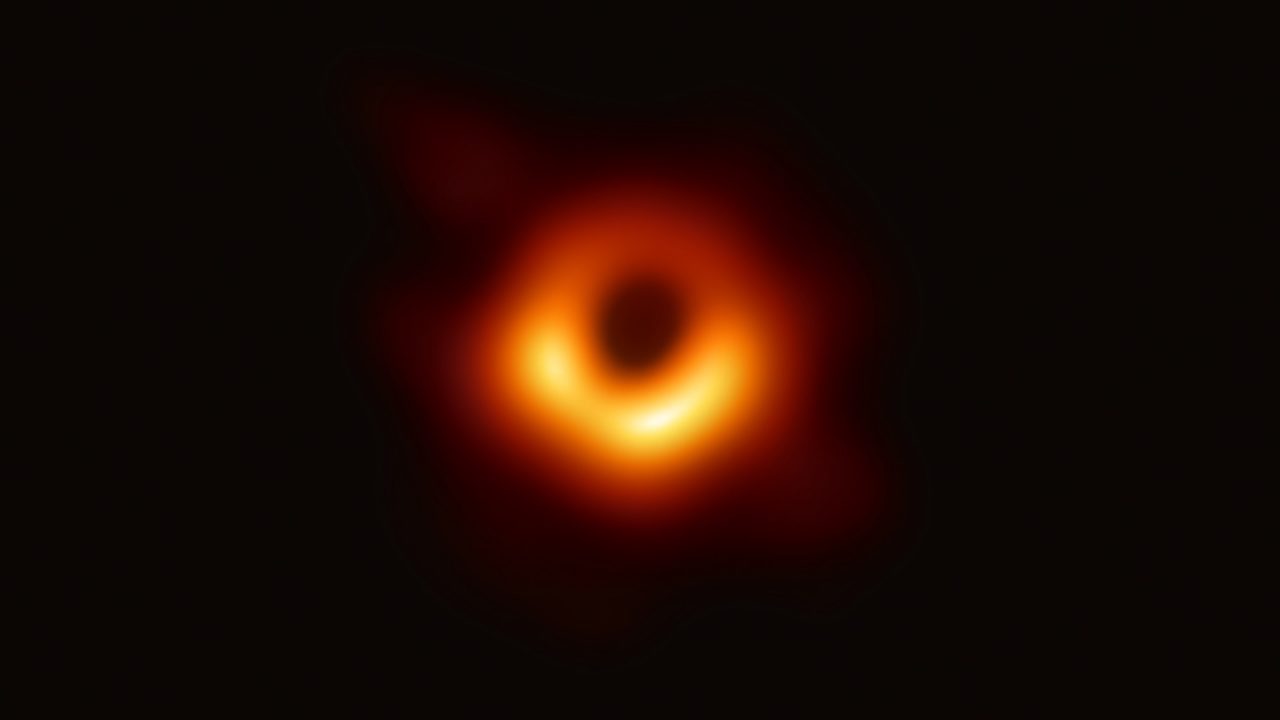Scientists and researchers on Thursday have constructed a simulation of a black hole so accurate that it has helped solve a mystery dating back more than four decades over how the star-devouring monsters consume matter.
Earlier this year, the world saw the first ever photo of one of a black hole and with it came the promise that astrophysicists are now several steps closer to understanding how they form and develop.
Now, an international team has used all of our scientific knowledge to construct the most detailed, highest-resolution simulation of a black hole to date.
A black hole is born when a large star collapses in on itself. Far from being a “hole”, they are instead incredibly dense objects with a gravitational pull so strong that nothing, not even light, may escape them.
As they suck in matter such as gas, dust and space debris, they form an accretion disk — a churning mass of super-accelerated particles that are among the brightest objects in the Universe — around them.
It is the accretion disk that can be seen as a blurry halo around the image of the black hole released in April from the Event Horizon Telescope, as per the study.
But accretion disks are nearly always tilted at an angle to the orientation of the black hole, known as its equatorial plane.
In 1975, Nobel Prize-winning physicist John Bardeen and astrophysicist Jacobus Petterson argued that a spinning black hole would cause the inner region of a tilted accretion disc – the matter that orbits and falls into a black hole – to align with the hole’s equatorial plane.
But no model could ever work out how, precisely, that would happen. Until now.
A team of astrophysicists from Northwestern University, Oxford University, and the University of Amsterdam, used graphical processing units to crunch large sets of data and simulate how black holes interact with their accretion disks.
In the simulation, the team thinned the accretion disc to an unprecedented degree while adding the magnetised turbulence that causes the disc to accrete. Until now, simulations could only run a simplified test by just approximating the effects of turbulence.
It is precisely this electromagnetic effect that causes matter to fall to the centre of the black hole.
Alexander Tchekhovskoy, assistant professor of physics and astronomy at Northwestern’s Weinberg College of Arts and Sciences, likened matter accumulating near a black hole to throwing a dart towards the board at random.
“This groundbreaking discovery of Bardeen-Petterson alignment brings closure to a problem that has haunted the astrophysics community for more than four decades,” said Alexander Tchekhovskoy, who co-led the research.
He added, “These details around the black hole may seem small, but they enormously impact what happens in the galaxy as a whole. They control how fast the black holes spin and, as a result, what effect black holes have on their entire galaxies,” as quoted by Siliconrepublic.
This might seem like a small detail but it directly affects how fast black holes spin and, consequently, what effect they have on the galaxies that surround them.
Looking to the future, the team said that with this problem now solved, it will open the door for future researchers to generate their own simulations, which could lead to further discoveries regarding luminous accretion discs.


















